Portraits of Earth is the new ebook from David DuChemin. David is a photographer who has been known for taking people portraits and showing the human side of events, so what is he doing writing a landscape photography book? Well, like David mentions in his ebook, landscapes are really just portraits of the Earth. They can inspire as well as inform the viewer, emotions can come into play and just the sheer beauty of nature is something to share. This ebook is not so much about gear, but about looking for the possibilities and crafting your shot with more care to complete your vision. He also gives some tips for gear, and how to use it to capture the light that you see when exploring new vistas. He talks about filters and how they can enhance an image and the best ways to use them. He also talks about some general gear, like tripods and other useful items. He also goes into details about how to handle specific types of scenery, like fog and snow. Also there are some nice tips for some processing techniques and can give you some ideas to try in your own images. The book is filled with pictures from his travels around the world, visiting places most of use are not going to see, I know I wish I could go to some of these places. So does that mean you have to travel to exotic locations? No it does not, but he does show you through examples of how to apply leading lines and to use light to tell your story and capture your vision as well as composition topics and some discussions on why and how he made the images as well as the exposure information. 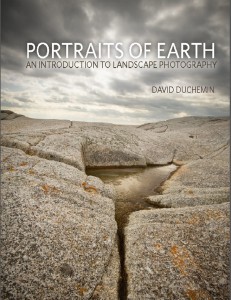
So why should you consider this ebook? Well for me I like the way David writes, his writing style is easy to read and understand and you feel that you are having a conversation with him, he explains his motivations and tries to not make it too technical. Photography is a an artform that requires some technical knowledge but it also requires the artist to “see”, so there are fuzzy concepts to go with the geek. You can purchase this ebook for a very low price of $5, however if you click on the link and use the code EARTH4 before Sept. 9, 2012 you can get it for $4, Click here for Portraits of Earth While you are on the Craft And Vision site you might want to check out their other ebooks. I have personally found the following titles to be very useful, The Power of Black and White, Light and Land, Exposure for Outdoor Photography, and Close to Home, all of the ebooks on the site are well written and informative, and if you want to get several ebooks use the code EARTH20 for a 20% discount on 5+ ebooks, this code also expires Sept. 9, 2012. So get some good, cheap, informative ebooks and inspire yourself to get out use what you learn. I know I have.

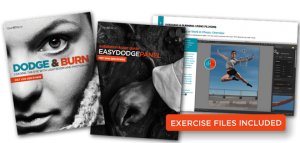
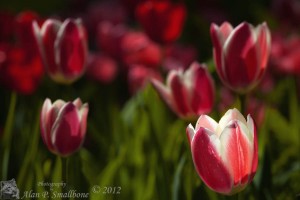
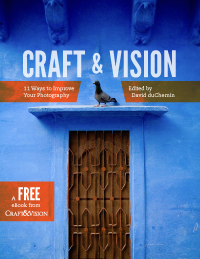
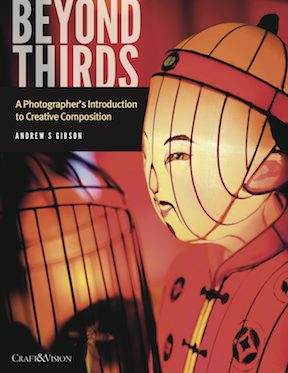

Another year bites the dust…….
Well another year is in the process of slipping into the record books. Overall I think it was a good year, there is always room for improvement but in general things went ok. I am left filled with my usual feelings of not getting everything I wanted to get done, done. Oh well that is part of life’s rich pageant. I think having lots of tasks makes for a busy and fulfilling life, so I am not too worried that not everything was finished, they will be added to the next year’s agenda.
I am not usually one for lists or making “resolutions” but I try to set goals for myself, a subtle but real difference for me. Resolutions always seem like they are more trivial to me, easily broken and ignored. Perhaps they should have more staying power and meaning but that is not what happens. They seem easier to rationalize breaking.
Some of the things I want to accomplish in this coming new year, and in no particular order. I need and want to revamp this website, I really need to add some images and replace a lot of them with better versions and better compositions. I also am going to try and write more articles and perhaps that will get down to a lot more commentary but the goal is to be a lot more active with the blog. I have not done a lot to promote it, mostly because I think the site still needs a lot of work. I also want to refine my image post processing, take my time to do what is best for my sense of vision. I want to refine my vision and be more deliberate with my art. Do more starscapes, and also do more photography in general, but then I always want to do more photography! It is a standard year to year wish, and pretty much goes without saying…..
I also want to make better and more productive use of my time. Time is fleeting and never seems to be a lot of it left at the end of the day, but I want to make it memorable and productive.
It is always easier to second guess and have perfect hindsight, but I am really lucky to have my family, friends, and a decent job. I am also especially lucky to have my wife. She is my companion, fellow photographer, friend, lover and confidant that gets me back on track and helps me stay focused.
And I will leave you with the last sunset for me this year and best wishes to all and hope that the New Year will bring much pleasure and happiness.
Thanks for reading. I will leave you with the last sunset for me in 2014…..